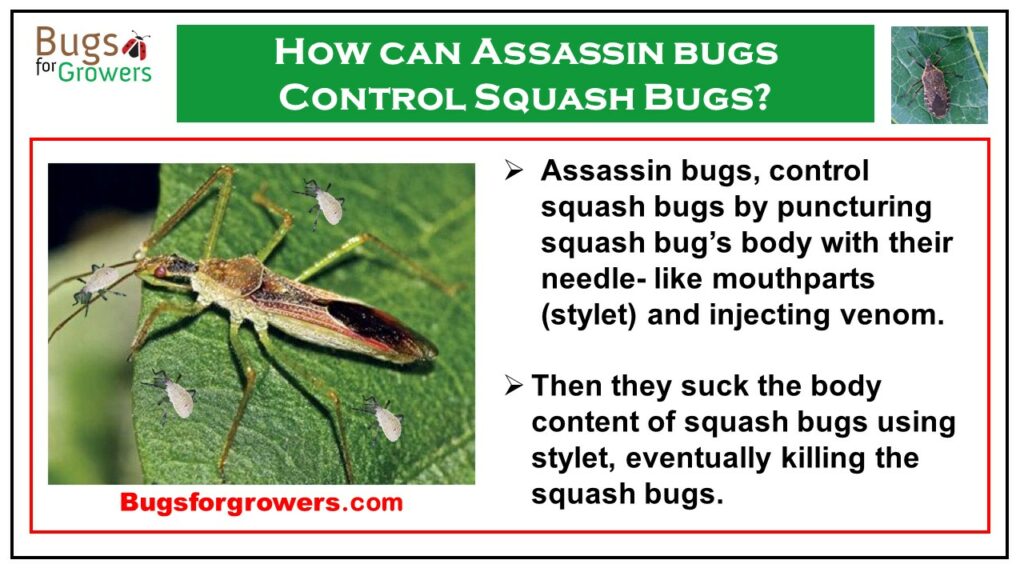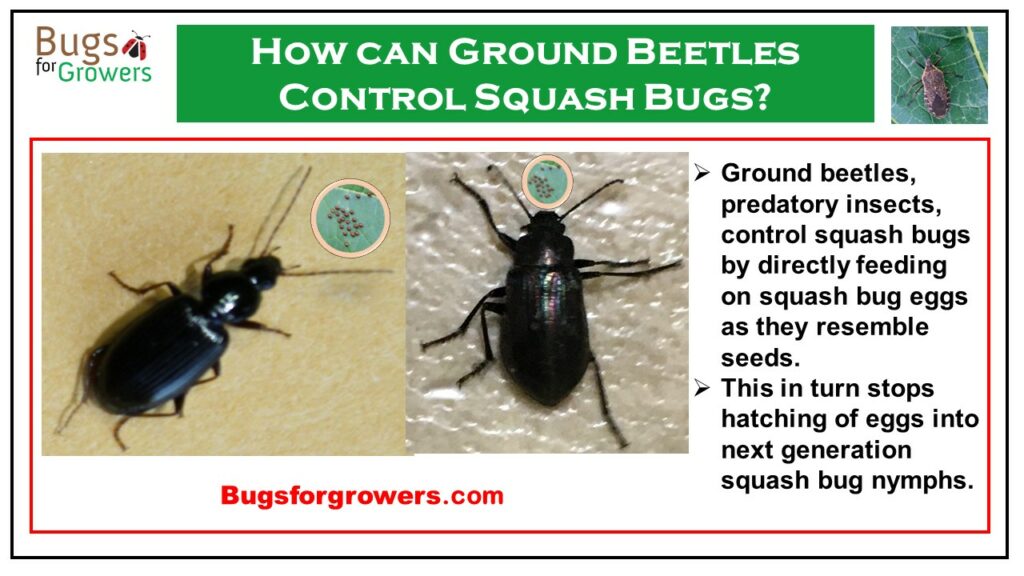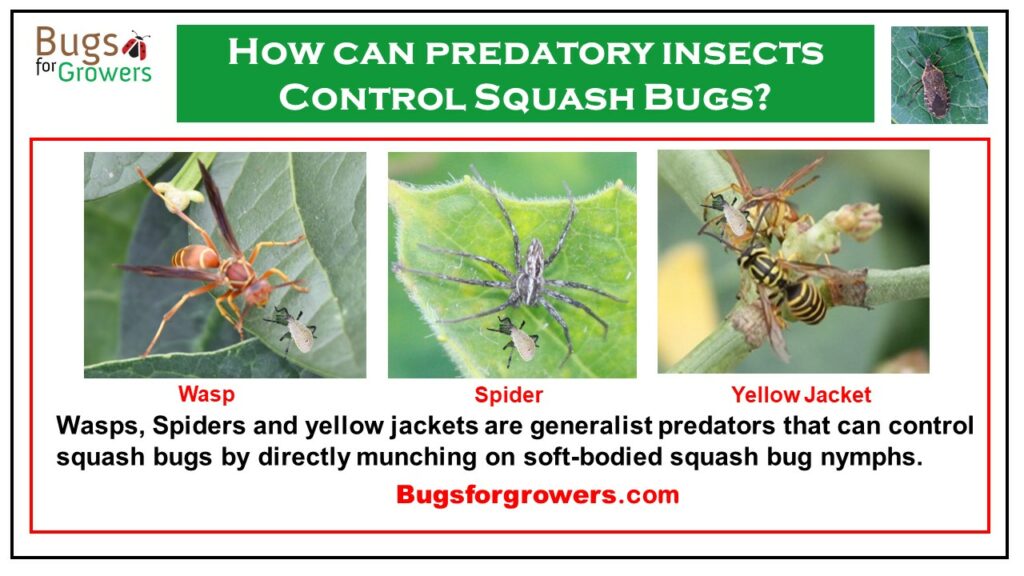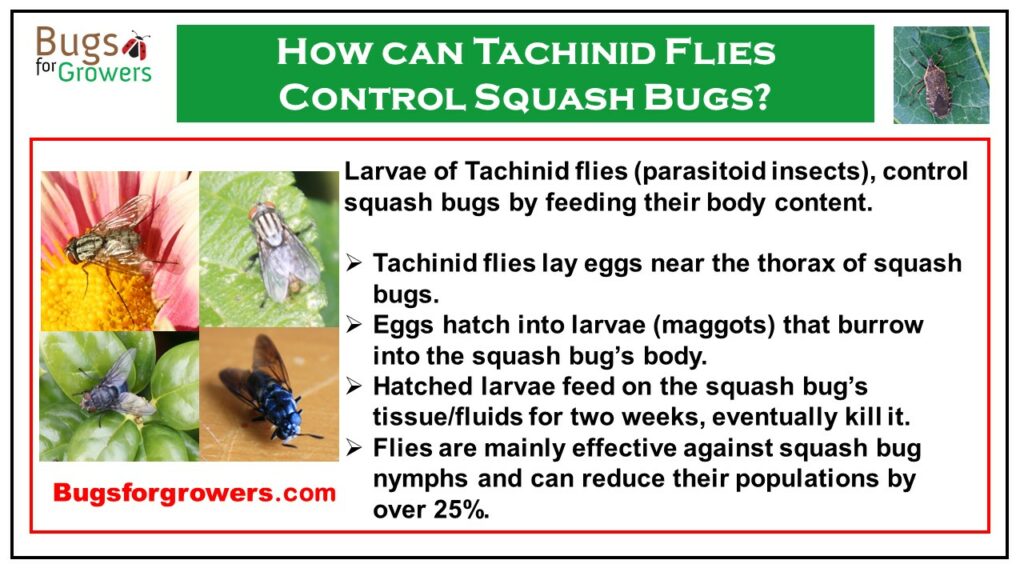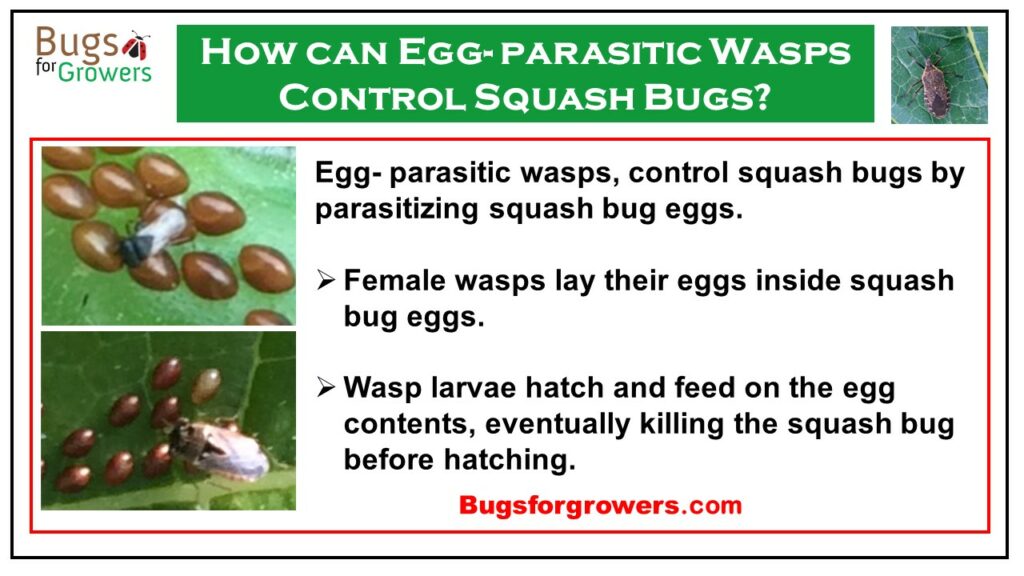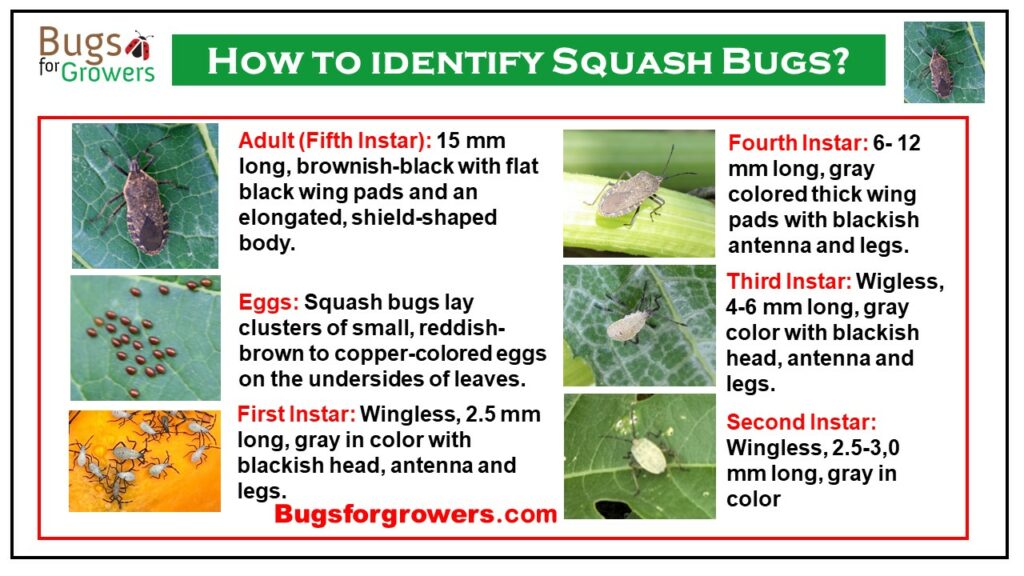Introduction to Natural Enemies
Squash bugs, Anasa tristis, are notorious pests in cucurbit crops such as squashes, pumpkins, cucumbers, and melons. These pests can significantly harm plants by sucking out vital juices and transmitting pathogens. However, a natural, eco-friendly solution lies in harnessing the power of natural enemies — organisms that feed on or parasitize squash bugs, helping to keep their populations in check. Using predators, parasitoids, and pathogens is an effective alternative to chemical pesticides, promoting a healthier environment.
Key Natural Enemies of Squash Bugs
1. Predators:
- Assassin bugs: These bugs puncture and suck out the body contents of squash bugs, killing both nymphs and adults.
- Ground beetles: Prey on squash bug eggs and nymphs, reducing the pest population.
- Spiders and wasps: These predators consume squash bug eggs and nymphs, contributing to population control.
- Yellowjackets: Known to feed on nymphs, aiding in their reduction.
2. Parasitoids:
- Tachinid flies: Parasitize both nymphs and adults, eventually leading to the bugs’ death.
- Egg-parasitic wasps: Lay eggs inside squash bug eggs, preventing nymph development and lowering future pest generations.
3. Pathogens:
- Pathogens such as bacteria, fungi, viruses, and protozoa naturally infect squash bugs, leading to population declines.
Identification of Squash Bugs
Squash bugs pass through three life stages: adult, egg, and nymph. Adults are flat and shield-shaped, typically brownish to gray, measuring about 15-16 mm. Eggs, laid in clusters on leaves, change color from yellow to reddish-brown before hatching. Nymphs are wingless, gray, and grow from 2.5 mm to 12 mm over five stages in 4 to 6 weeks before becoming adults.
Life Cycle and Damage
Squash bugs overwinter as adults and emerge in early spring to feed on cucurbit plants, where they lay eggs. After the eggs hatch, the nymphs develop into adults, completing the life cycle in 6 to 8 weeks. Squash bugs damage plants by sucking out juices and injecting toxic saliva, leading to plant collapse, reduced yields, and even plant death. They can also cause fruit rot and transmit harmful pathogens.
Cultural and Mechanical Control Methods
Apart from biological controls, integrating cultural and mechanical practices can help reduce squash bug populations:
- Crop rotation: Planting non-host crops interrupts the pest’s life cycle.
- Post-harvest sanitation: Removing plant debris reduces overwintering sites for squash bugs.
- Trap cropping: Planting early cucurbits attracts squash bugs to a specific area for easier control.
- Companion planting: Plants like marigolds can repel squash bugs or attract natural predators.
- Mechanical control: Manually crushing eggs or using handheld vacuums to capture squash bugs can help manage their numbers.
Conclusion
Controlling squash bugs with natural enemies, along with cultural and mechanical methods, provides a sustainable approach to protecting cucurbit crops. By reducing reliance on chemical pesticides, farmers and gardeners can promote healthier ecosystems and maintain crop productivity.

